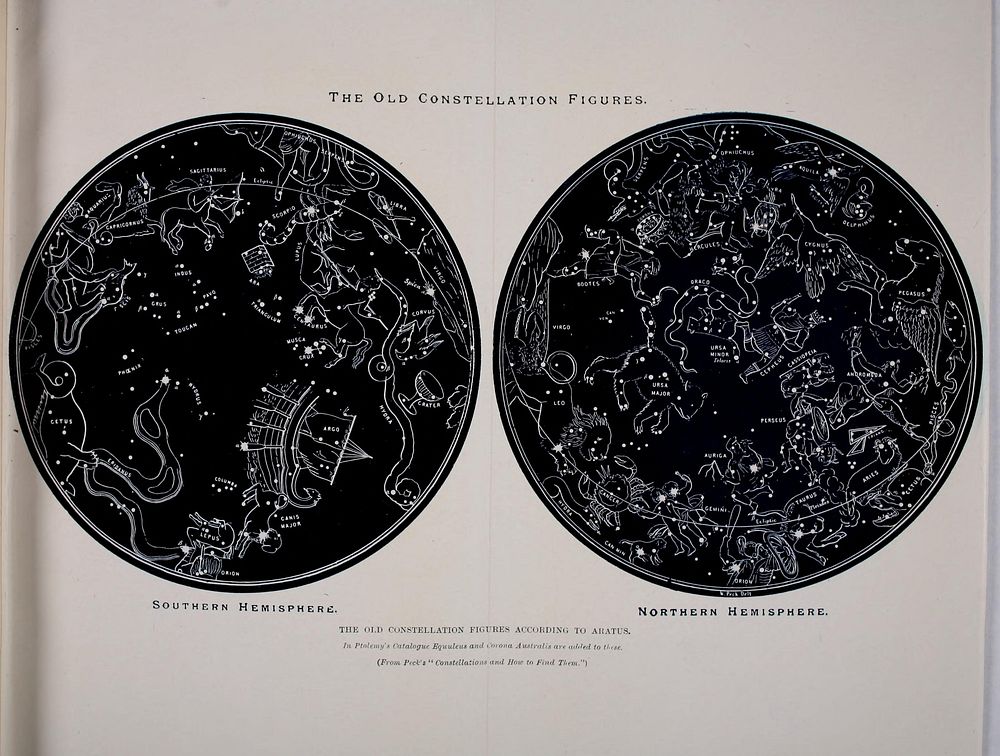https://creativecommons.org/publicdomain/zero/1.0/https://www.rawpixel.com/image/9975784

Identifier: danteearlyastron00ever (find matches)Title: Dante and the early astronomersYear: 1913 (1910s)Authors: Evershed, M. A. (Orr)Subjects: Dante Alighieri, 1265-1321 Dante Alighieri, 1265-1321 AstronomyPublisher: London : Gall & InglisContributing Library: PIMS - University of TorontoDigitizing Sponsor: University of TorontoView Book Page: Book ViewerAbout This Book: Catalog EntryView All Images: All Images From BookClick here to view book online to see this illustration in context in a browseable online version of this book.Text Appearing Before Image:earchamong ancient monuments and writings. Some ofthe old constellations are met with in Isaiah andJob, in Homer, on tablets found at Nineveh, and animmense antiquity is sometimes claimed for them.Dupuis, writing at the end of the eighteenth century,thought he had conclusively proved that the figuresof the zodiac were designed in Egypt 15,000 yearsago ! ^ Miss Plunkett, in her Ancient Calendars andConstellations assigns them to the seventh milleniumbefore Christ. An ingenious theory, suggested independently bySchwartz and Proctor, and developed by Mr. E. W.Maunder,^ is founded on an examination of the space 1 Ptolemy says he made a few changes, as his predecessors had done.(Delambre, Ilistoire de VAstronomic Ancicnne, ii, 261). ^ Origine de tous les cultes, ou Religion universelle, by C. F. Dupuis. ^ Journal of the British Astronomical Association, The OldestAstronomy, July 1898, June 1899, April 1904, May 1909 ; TheObservatory, December 1898 ; Knowledge, October 1904 ; and elsewhere.Text Appearing After Image:Northern Hemisphere. THE OLD CONSTELLATION FIGirHES ACCORDING TO AHATLS. In PtnUmyi Catalogue BquuUui and ymona Avjtlralia are Milled to thise. (From Pfci-s Constellation and Ilmt to Find Them.) THE BEGINNINGS OF ASTRONOMY. 35 round the South Pole which was left blank by theancient constellation designers. From its extent,Proctor concluded that they cannot have seen furthersouth than about 40° from the South Pole, and there-fore that they must have lived in a latitude of about40° north of the equator (say, central Asia or AsiaMinor); from the position of its centre, which musthave been the Pole, he concluded that the date wasabout B.C. 2200. For the centre of the circular patchseems to lie near the star Belta Hydri, which was theSouth Pole star at that time. (This movement of thePole among the stars, due to precession, will beexplained later). This date does not differ much fromthat found by Robert Brown, from the position of thecelestial equator among the stars, as described byAratNote About ImagesPlease note that these images are extracted from scanned page images that may have been digitally enhanced for readability - coloration and appearance of these illustrations may not perfectly resemble the original work.
Original public domain image from Wikimedia Commons
Public DomainFree CC0 image for Personal and Business use